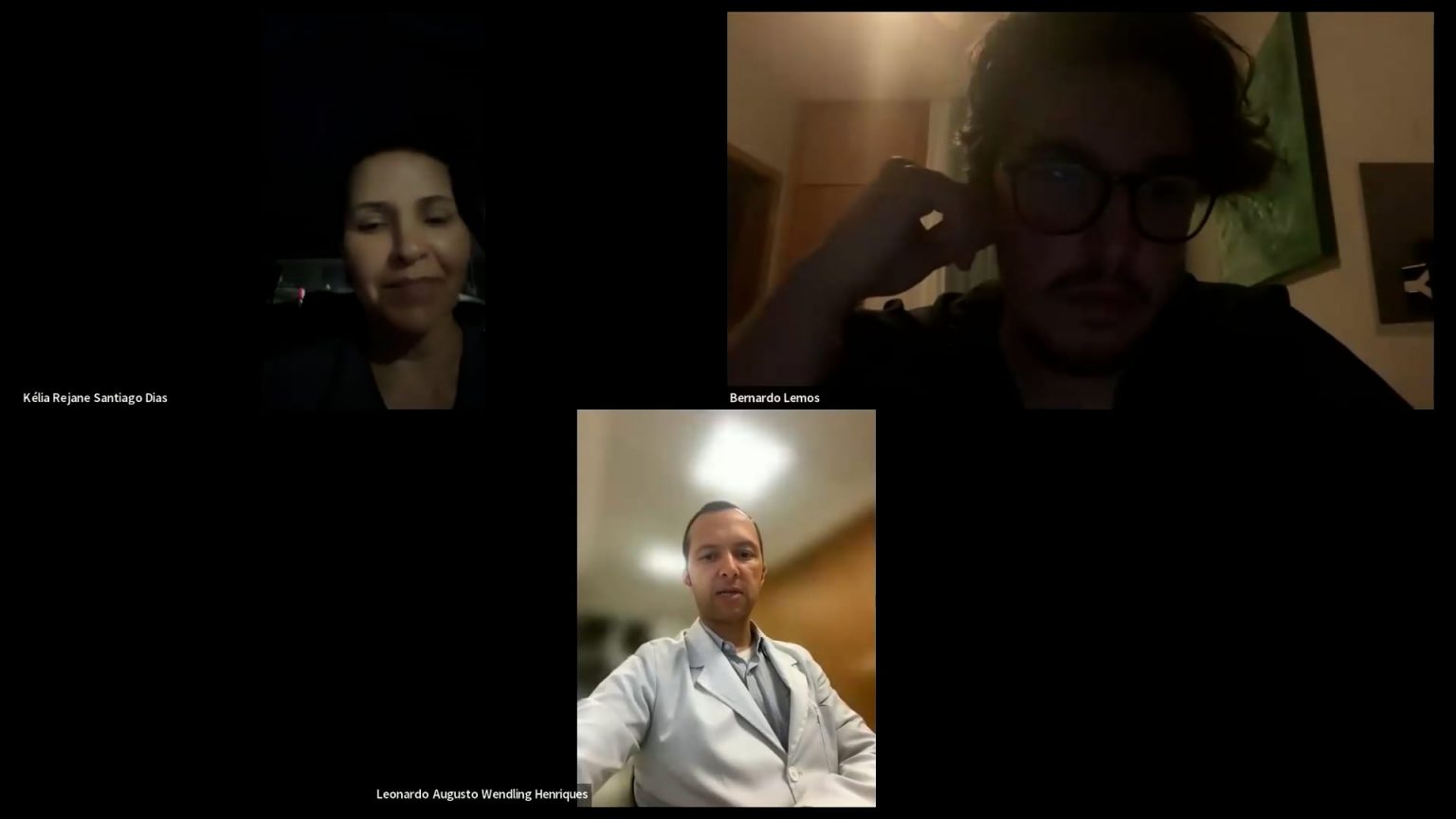Artigo
Identifying Patients With Low Relapse Rate Despite High-Risk Estrogen Receptor–Positive/Human Epidermal Growth Factor Receptor 2–Negative Early Breast Cancer: Development and Validation of a Clinicopathologic Assay
ABSTRACT
PURPOSE
Escalation of adjuvant systemic therapies (eg, with cyclin-dependent kinase 4 and 6 inhibitors) is now indicated for patients with clinically defined high- risk estrogen receptor–positive (ER1)/human epidermal growth factor re-ceptor 2–negative (HER2–) early breast cancer, although it is unclear which will benefit from additional therapies. We developed and validated a prognostic clinicopathologic assay identifying a subpopulation of high-risk patients with good prognosis after standard adjuvant therapies, who may safely forgo treatment escalation.
METHODS
We trained a Cox proportional-hazards model that integrates clinicopathologic variables with features derived from digitized hematoxylin-and-eosin–stained resection slides from a retrospective data set. The model assigns each patient to a low-risk or not low-risk group, reflecting their predicted risk of recurrence. Blind validation was successively performed on high-risk patients from the prospective trials CANTO (ClinicalTrials.gov identifier: NCT01993498) and UNIRAD (ClinicalTrials.gov identifier: NCT01805271).
RESULTS
Built on data from 6,164 patients with ER1/HER2– early-stage breast cancer, this assay integrates four clinicopathologic variables, and 10 slide-derived features capturing tumor architecture, microenvironment, and proliferation. In the combined CANTO and UNIRAD trials (n 5 633), 95.4% of the low-risk patients remained free of distant recurrence and death from breast cancer at 9 years, compared with 76.8% for the not low-risk group. Distant recurrence-free interval (subdistribution hazard ratio [HR], 0.21 [95% CI, 0.09 to 0.52]; P < .001), invasive disease-free survival (HR, 0.31 [95% CI, 0.16 to 0.60]; P < .001), and overall survival (HR, 0.35 [95% CI, 0.13 to 0.97]; P 5 .044) were all sta-
tistically significant. Multivariate analyses showed that the assay provided predictive information beyond clinicopathologic variables. Analytical validation showed robustness to data variability.
CONCLUSION The assay demonstrated robust performance in identifying a core group of patients with high-risk ER1/HER2– breast cancer for whom additional adju-vant treatment may be futile.
Compartilhar em:
Comentários
Cursos Relacionados
Livros Relacionados
0
Conteúdos Relacionados
Comentários
Deixe um comentário Cancelar resposta
Você precisa fazer o login para publicar um comentário.












